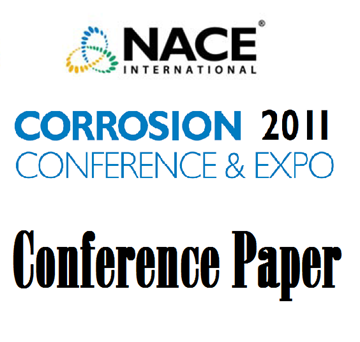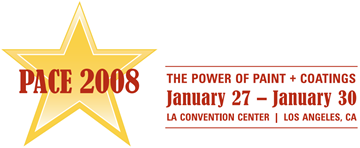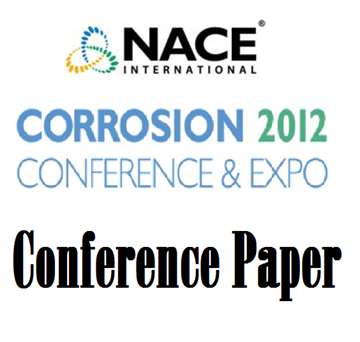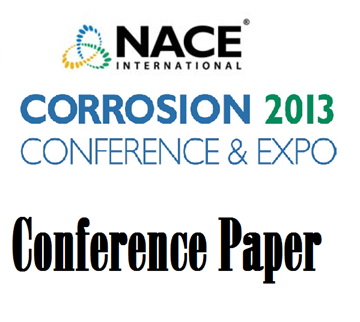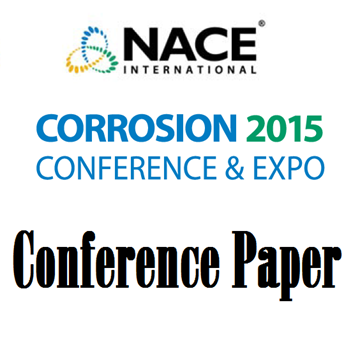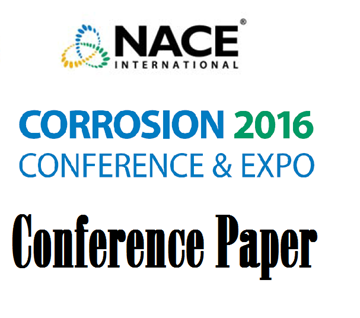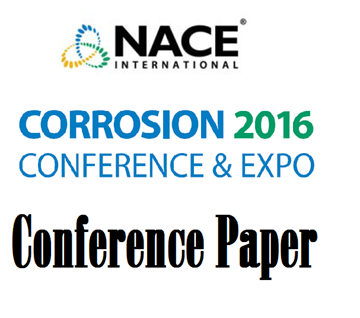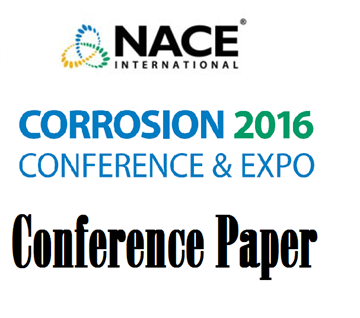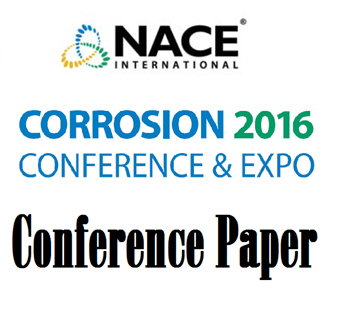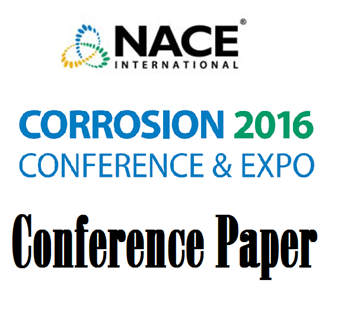Search
Corrosion Monitoring and Control
View as
Sort by
Display
per page
11385 Molecular Oscillation Technology and its Application on Corrosion and Scaling Control in Industrial Equipments
Product Number:
51300-11385-SG
ISBN:
2011 11385 CP
Publication Date:
2011
$20.00
2-Component Polyurethane Topcoats - Formulating Variables Affecting Weathering Performance
Product Number:
41212-710-SG
Publication Date:
2012
$20.00
2-Component Polyurethane Topcoats - Formulating Variables Affecting Weathering Performance
Product Number:
41208-399-SG
Publication Date:
2008
$20.00
3D Printing Of Cemented Carbide: A Review And Perspectives In Oil Sands
Product Number:
51322-17506-SG
Publication Date:
2022
$20.00
51312-01235-Repair Welding of Centrifugally Cast Ethylene Furnace Tube
Product Number:
51312-01235-SG
ISBN:
01235 2012 CP
Publication Date:
2012
$20.00
51313-02331-Fatal Accident in Dutch Swimming Pool Caused by Environmentally Cracked Bolts
Product Number:
51313-02331-SG
ISBN:
02331 2013 CP
Publication Date:
2013
$20.00
51315-5433-A Bayesian Network Based Approach to Corrosion Risk Assessment of Radioactive Waste Tanks
Product Number:
51315-5433-SG
ISBN:
5433 2015 CP
Publication Date:
2015
$20.00
51316-7025-The Detection Of Alpha Prime In Duplex Stainless Steels
Product Number:
51316-7025-SG
ISBN:
7025 2016 CP
Publication Date:
2016
$20.00
51316-7034-Seawater Cooler Tubes: Corrosion And Leaks Due To Microbiologically Induced Corrosion
Product Number:
51316-7034-SG
ISBN:
7034 2016 CP
Publication Date:
2016
$20.00
51316-7070-Reliability Assessment Of Offshore Asset Under Pitting Corrosion
Product Number:
51316-7070-SG
ISBN:
7070 2016 CP
Publication Date:
2016
$20.00
51316-7089-MP-ICDA Analysis On Block 12 And Block 15 Gathering Pipelines On Petroamazonas EP
Product Number:
51316-7089-SG
ISBN:
7089 2016 CP
Publication Date:
2016
$20.00
51316-7091-Improvement to Cathodic Protection Performance using DCVG Prioritization
Product Number:
51316-7091-SG
ISBN:
7091 2016 CP
Publication Date:
2016
$20.00

